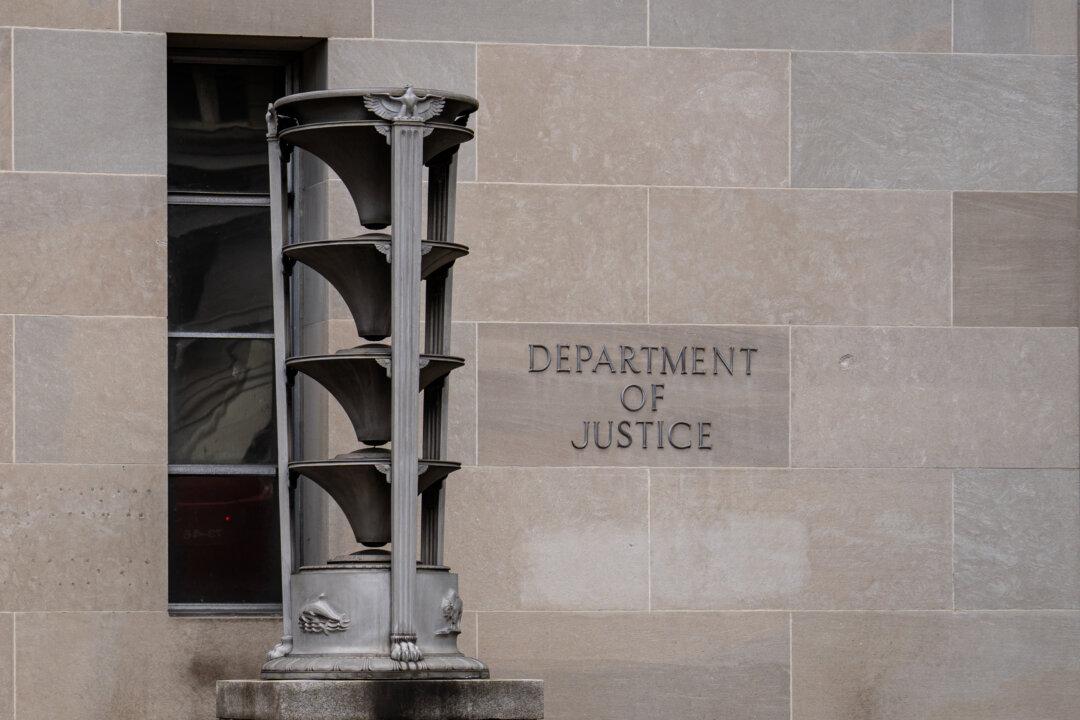South Korea on Dec. 30 successfully test-fired a solid-fueled rocket that it plans to use to put a spy satellite into orbit in the coming years, marking a significant milestone for the country’s defense ministry.
The flight test was conducted to verify the rocket’s essential technologies, including solid-fuel combustion, fairing separation, attitude control technology, and the separation of a dummy satellite.





